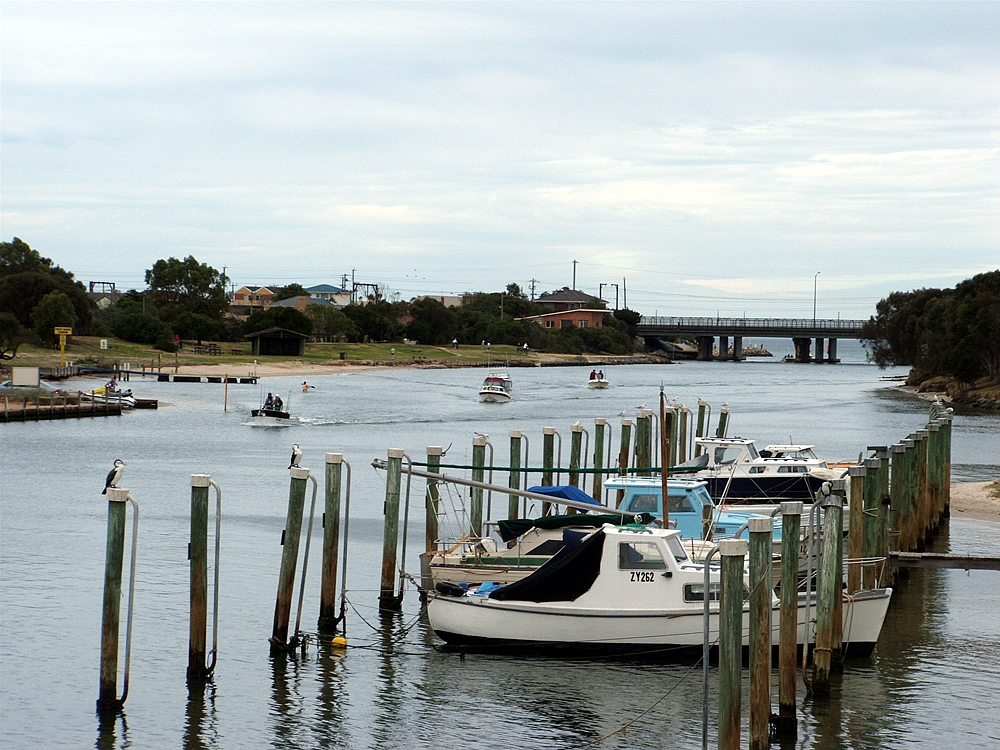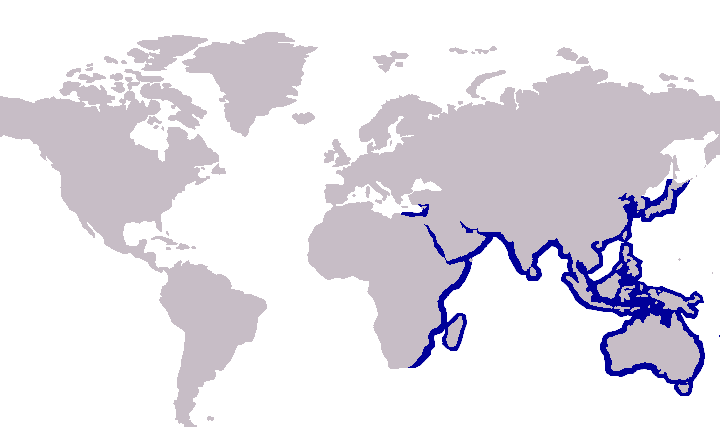Every region worldwide has varying types of coastal species, while it always helps to refine your fishing methods solely for each individual species for best results, there are some more basic methods that will work in just about every location. In this article we will go into the basics of how to catch salt water species from coastal structures. By coastal structures, we mean piers, wharfs, docks and board-walks, under which is direct access to the local estuary, bay or coastal waters.
A large majority of fish species are known to prefer hiding around such structures, mostly underneath or beside wooden or concrete posts, pylons, girders and bridge support beams. Basically, anywhere there is a structure mounting the platform to the river bed below, you will often find fish ready to attack. Predatory fish love hanging around these spots as smaller fish passing through are funnelled along the sides of the walls or forced to change direction to make it around posts, this change in action forces the fish into navigation mode, and distracts it from it’s previous primary aim of avoiding predator fish.

While prey fish are navigating their way through or around these structures, predator fish often lay in hiding, ready to strike at a time when the movement and escape routes of such fish are at their weakest. The easiest way to catch fish around such structures is by far the use of soft plastic fishing lures, soft plastic lures such as grubs or swim-baits are great, because they are weighted, meaning they can get down to depth easily, and have a tail motion that mimics that of a live fish, meaning that for predator fish lurking at the bottom, once your lure is in position and you begin to jig or crank the lure back into the water column, the movement of the lure signals to predator fish that a smaller fish is nearby, and hence they attack. While different coloured soft plastics will do well on some species and not others, when fishing these areas in general, using either a soft plastic grubs and swimmer-baits in pearl white are often superior for a majority of salt water and estuary species.
Another great colour combination is the smelt combination of colours, consisting of a white to silver lower section, and a turquoise green, blue or even black top section. This mimics a large range of natural whitebait (often termed smelt) which exist throughout basically all salt water fisheries worldwide. The best technique for these types of structures is to hang the rod tip off the edge and then release the bail or set the reel so that you can reverse it’s movement and lower the lure down to the bottom of the waterway. Once it is at the bottom, flip the bail back and tighten the line, once a small amount of weight is felt on the line again, jig the top of the fishing lure upwards sharply two or three times, then allow the lure to sink to the bottom again, before repeating this process.
Try this a few times, if you don’t get a bite then jig another 2 or 3 times but this time after doing this, reel the lure slowly back to the surface. If no bites were felt during this time, move along to the next pylon or under water structure point, continue repeating this process until you find somewhere with some fish lurking around. Another method to use is the cast and retrieve method, cast the lure outwards into the waters, but bring the lure back very slowly, bouncing along the bottom of the waterway, with the return directed in such a way that the lure will eventually come back directly at a pylon or underwater structure, this mimics a small fish trying to escape open water, and seek the shelter of the structures, this is what predator fish often stalk out, fish escaping open water.
Hence this method of returning a lure to a pylon a few times can also produce a good amount of fish. To enhance this method even more, you could cast and retrieve to the pylon, then once at the pylon jig a few times too, this combines both techniques to attract any local predators camping out to attack the lure. With these basic techniques in mind, you will be ready to fish for salt water species almost anywhere in the world, these techniques are basic and the most commonly used salt water structure fishing methods. For more information or to view a range of different fishing lures and tackle items, please visit the Ultimate Fishing Online Store.

